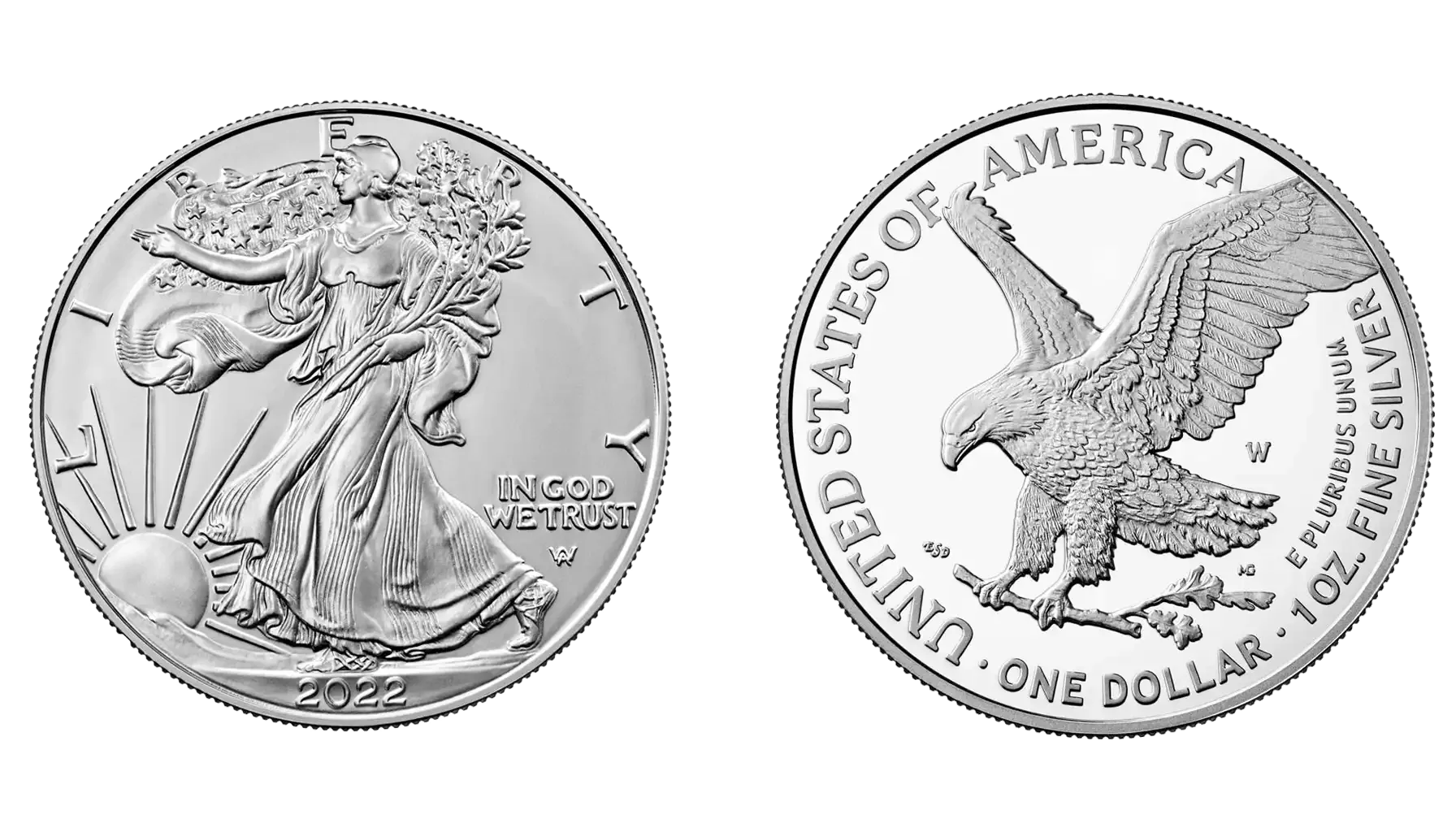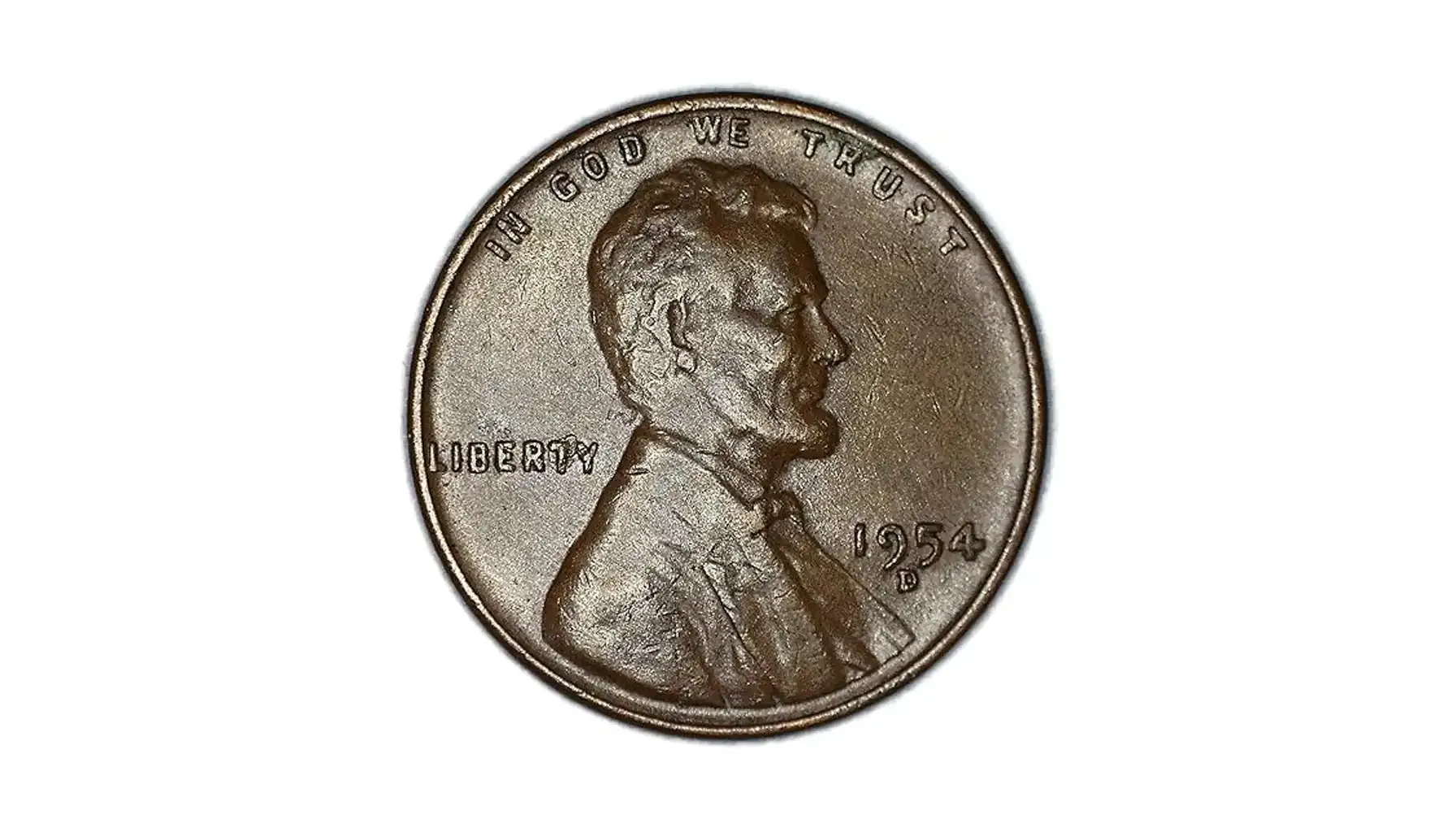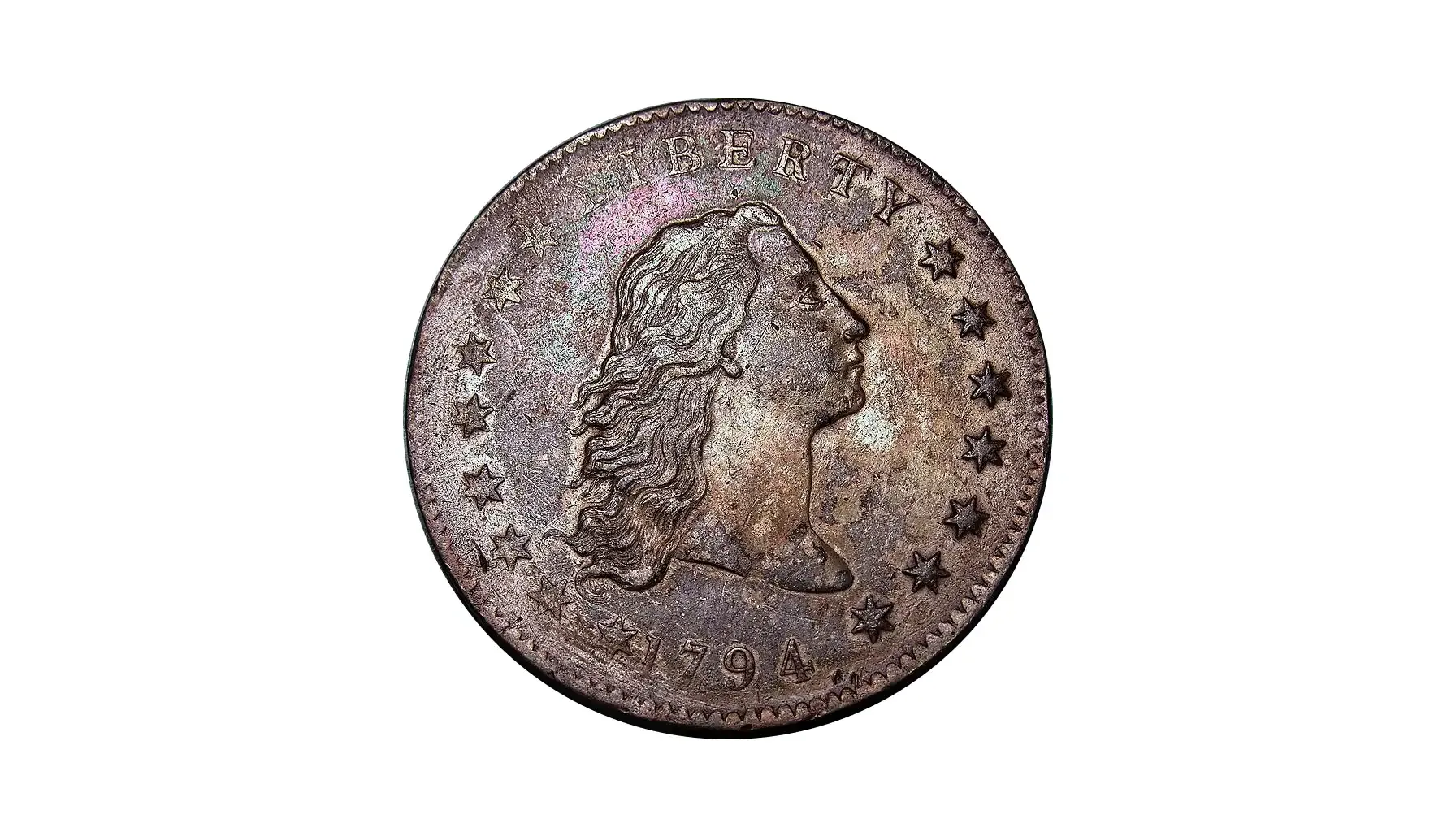Contents:
Let's go back to 1965, America is on the cusp of major changes in literally every aspect of life. The Beatles are conquering the music charts, the Vietnam War is heating up, and the U.S. economy is facing a new problem - skyrocketing silver prices, which, of course, means changes in the economic sphere and affects coinage.
And here we should mention the 1965 quarter dollar, a common coin that was an important example of the changes in the coinage system at the time. For many people, 25 cent 1965 is still an everyday coin, but its history holds more behind it than meets the eye. Like any coin, the 1965 United States quarter keeps secrets and peculiarities of the time, which increases its value.
Today we will try to reveal this coin's details and find answers on “How rare is a 1965 quarter?”, “Why is this coin called a 1965 no mint mark quarter and considered as 1965 misprint quarter?”, or even “How can you identify foreign coins?” So let's study its history and see if a 1965 quater is a valuable collectible.

A Turning Point in U.S. Coinage History
First things first, so let us start with the basics and look at the main characteristics of the coin to see if rare 1965 quarter exists and is worth your attention.
Parameter | Description |
Diameter | 24.3 mm |
Weight | 5.67 г |
Metal | Nickel plated copper core |
Gurt | Ribbed |
Designer | John Flanagan |
Obverse image | Bust of George Washington |
Reverse image | White-headed eagle holding arrows and olive branch |
Did you notice something unusual? It would seem that at first glance the 1965 quarter dollar is not different from other coins - the familiar image of George Washington on the obverse (the founder of the United States, which appeared on the quarter back in 1932), the white-headed eagle with spread wings on the reverse (as a symbol of strength and protection). However, once you look at the features above more closely, you will see the detail that made it a symbol of change.

Still haven't figured it out? Take a closer look at what is a 1965 quarter made of. The point is that the coins issued for circulation before 1965 contained valuable metals (mostly silver). However, they began to disappear from use: people either simply saved them for storage, or sold them for remelting, as the market value of silver increased significantly and the value of coins began to exceed their face value. This led to a serious shortage of coins, and the U.S. Treasury began to look for ways to solve the problem. So, the solution was the 1965 clad quarter. But what does it actually mean?
Clad Coins Understanding
The term “clad coin” refers to the unique technology that was used to make coins from this period. Instead of using pure silver, the Mint began striking coins from a copper core encircled by a layer of copper-nickel alloy. This method significantly reduced the cost of producing coins while maintaining their strength and durability.
Why is 1965 quarter so rare and special? You know, these coins were the first coins to be issued with a new composition. Although the design of the coin was unchanged and remained classic, the composition of the coin was radically altered, making the 1965 coin so special. Since then, all 25-cent, 10-cent and 50-cent coins began to be issued in this faced form.
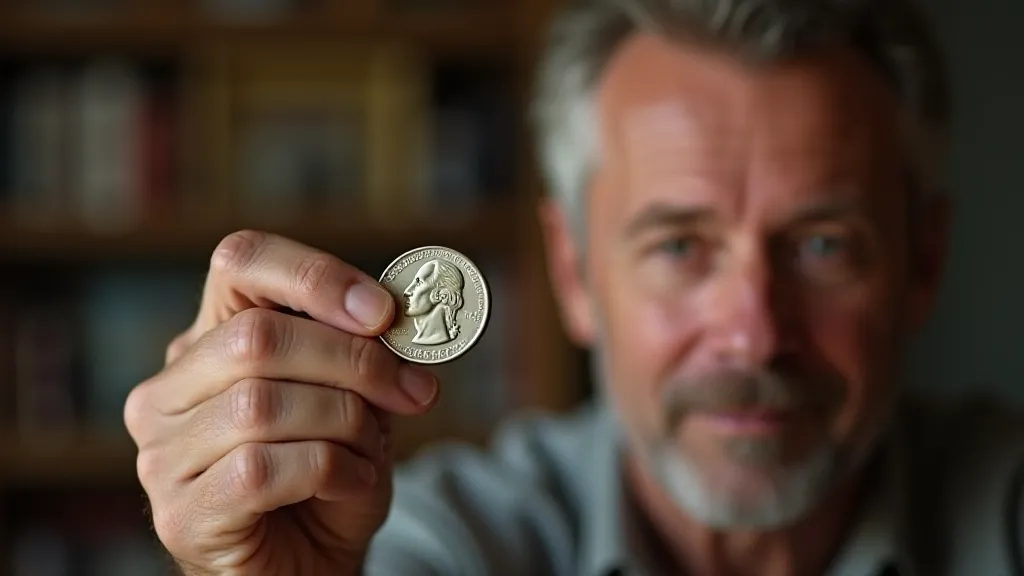
Benefits of clad coins:
Reduced production costs, as replacing silver with copper-nickel alloy reduced expenses.
Increased wear resistance, as the copper-nickel layer protected the copper core from corrosion.
New appearance, as the clad coins were distinguished by their shinier and grayer surface
A Common Misconception: Where's the Mint Mark?
1965 Quarter No Mint Mark Errors
Many collectors, taking in their hands the 1965 quarter, ask themselves: “Where is 1965 quarter mint mark location?”. After all, the mint mark (indicating that the coin belongs to certain mints) is often found on U.S. coins and can even prove their value. Thus, it is not surprising that 1965 Washington quarter no mint marks are considered as one of 1965 quarter errors.

However, in the case of these quarters no mint mark is not an error at all. The reason for the minting of 1965 quarters with no mint mark is the decision of the U.S. Treasury to remove the mint marks on all quarters, dimes, and nickels minted between 1965 and 1967.
This was done to simplify and speed up production and to combat the massive accumulation of new copper-plated coins by collectors. The government wanted to make these coins more accessible to the public and not to attract too much interest from a numismatic point of view. It is impossible to find 1965 quarters with mint marks because they simply did not exist. Beginning in 1968, mint marks returned to coins, but this three-year span was an exception in the history of U.S. coinage.
Thus, the value of 1965 quarter no mint mark does not depend on the notorious small accessory mark because the coin cannot be considered an error one. But how to tell if you have a 1965 error quarter and does the 1965 misprint quarter really exist?
Related article: Old Japanese Coins.
Other Minting Errors of the 1965 Quarter
Although the mint mark was absent by design, some genuine mint errors do occur among the liberty 1965 coin (another unofficial name for the coin due to the presence of the inscription "LIBERTY" on the obverse).
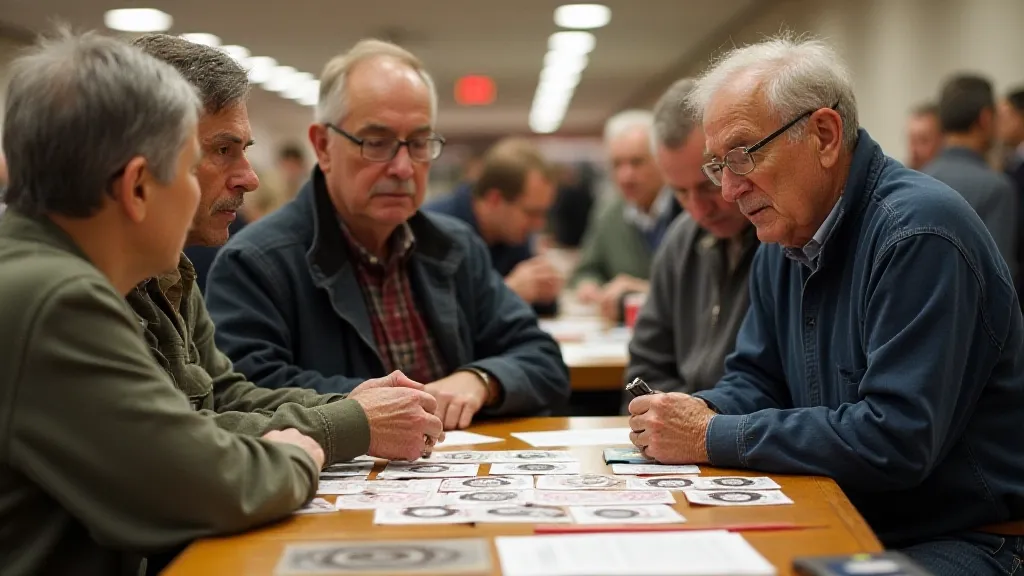
The most famous one is the wrong planchet error. Despite the transition to clad technology, several coins were accidentally minted on old silver blanks left over from previous years, which were made of 90% silver.
This error 1965 quarter value (no mint mark, wrong silver planchet) is extremely high and can amount to thousands of dollars. To authenticate this error, the coin must be weighed. A regular 1965 quarter weighs about 5.67 grams, while a silver quarter weighs about 6.25 grams. It is worth mentioning that the error is extremely rare, and these error coins are considered true legends among collectors
Is Your 1965 Quarter Worth More Than Face Value?
Many people wonder if it is possible to find a 1965 no mint mark quarter value of which is more than its denomination? The answer is yes, but this is rather an exception to the rule, and it is extremely rare. For example, if we are talking about a rare minting error - the wrong planchet (about which we mention above).
Although the 1965 quarter is not a rare coin in the classical sense, it can still be a good addition to the collection for beginners as an example of an important moment in the history of US minting and for a detailed study of its history and features.
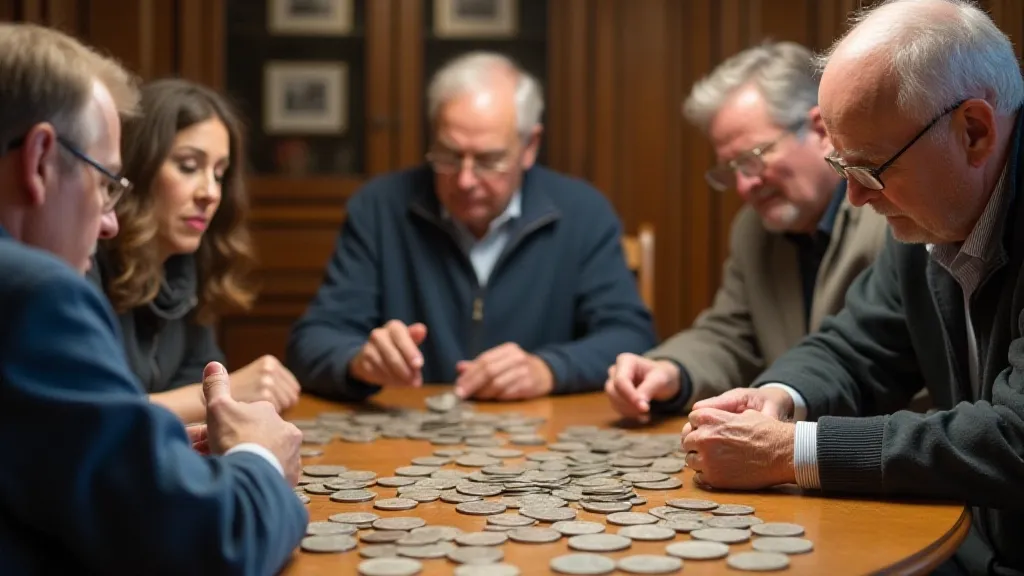
Mint State coins may also be worth more (depending on their grade). However, it should be noted that such coins are rarely found in perfect condition, as most of them were actively circulated for many years. For example, coins of MS 67-MS 68 can be valued from $300+ – $4000+.
If you want to verify the authenticity of your coin or determine if it has any special features, it is worth using specialized tools for coin identification like the Coin ID Scanner app. Due to the app you will be able to scan coins and quickly determine their type, rarity and possible value, making it the perfect tool for any novice collector or experienced numismatist.
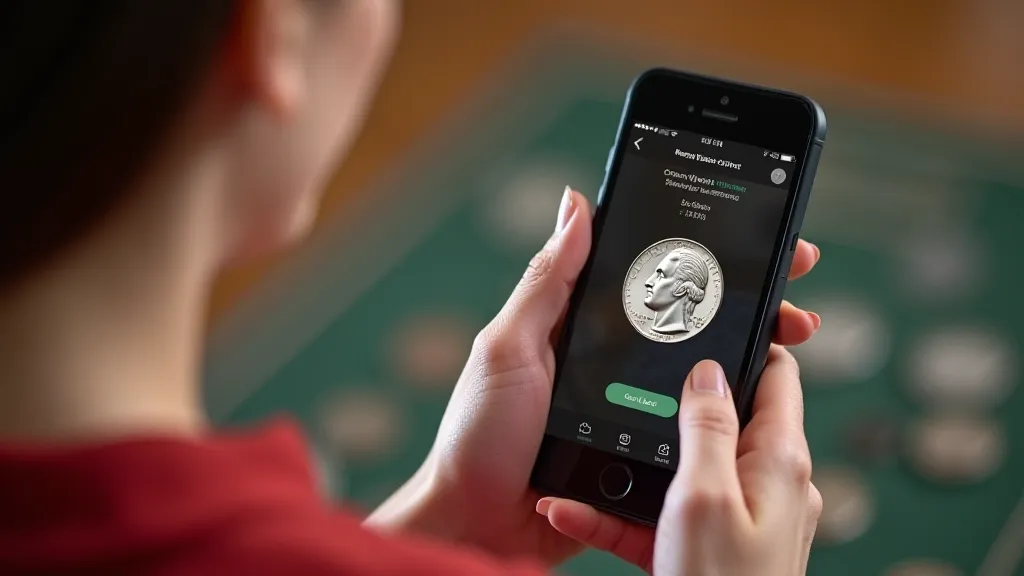
History in Details
Today we reviewed the quarter dollar 1965, an interesting coin that isn't worth untold riches. But even though most of these 1965 Liberty quarter dollar examples (officially called 1965 Washington quarters) are still in circulation and have only face value, they remain an important part of numismatic history. And even if you don't find a rare error on your specimen, its historical significance adds a special charm to any collection.

